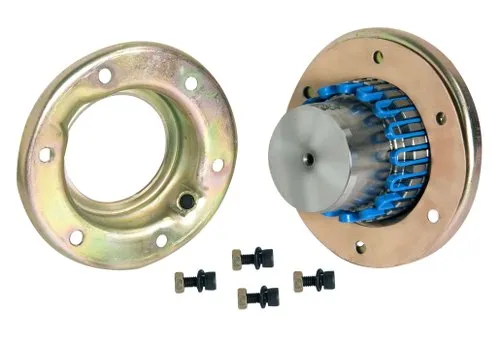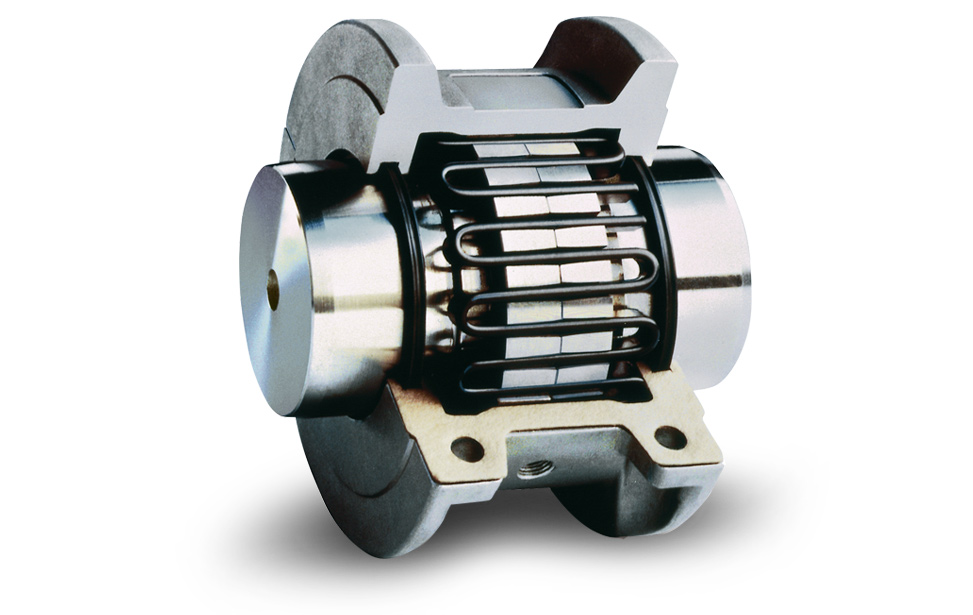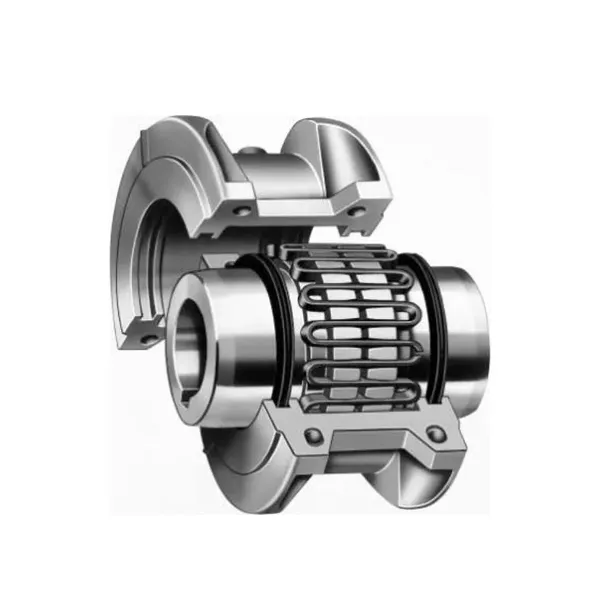Product Description
Flexible Shaft Chain Coupling Rigid Bellow Grid Beam Tyre Roller Fluid Jaw Compliant Mechanism Oldham Coupler Rag Joint Universal Joint Dis Motor HRC Coupling
A flexible shaft chain coupling connects 2 shafts in a rotating system. It is designed to provide a loose connection between the shafts, allowing for misalignment or axial movement.
The flexible shaft chain coupling consists of 2 hubs connected by a chain or series of links. The hubs are typically made from steel or aluminum and are designed to fit CHINAMFG the shafts to be connected. The chain or links provide the flexibility to accommodate misalignment or axial movement between the posts.
Flexible shaft chain couplings are commonly used in applications with misalignment or axial movement between the shafts, such as pumps, compressors, or generators. They can also help absorb shock and vibration in the system, which can help protect the equipment and reduce maintenance costs.
One of the advantages of flexible shaft chain couplings is their ability to transmit torque between the 2 shafts while allowing for some misalignment or axial movement. They are also relatively easy to install and maintain and can be used in various industrial applications.
A flexible shaft chain coupling provides a flexible and reliable way to connect 2 shafts in a rotating system. Accommodating misalignment and axial movement can help reduce wear and tear on the equipment and improve overall system efficiency and reliability.

Materials Used in Manufacturing Grid Couplings
Grid couplings are designed to withstand high torque and provide flexibility while transmitting power in various industrial applications. The materials used in manufacturing grid couplings are chosen for their mechanical properties and durability. The common materials include:
- Cast Iron: Cast iron is a popular choice for the grid, hub, and outer flange components of the coupling. It offers excellent strength and wear resistance, making it suitable for heavy-duty applications.
- Steel: Steel is often used for the grid element or grid springs. It provides the required flexibility and resilience to handle misalignments and shock loads effectively.
- Alloy Steel: Alloy steel may be used for certain high-performance grid couplings. It offers enhanced strength and toughness, making it suitable for demanding industrial environments.
- Stainless Steel: Stainless steel is employed when corrosion resistance is a primary concern. It is commonly used in couplings for applications in corrosive or hygienic environments.
- Non-Metallic Materials: Some modern grid couplings use non-metallic materials, such as high-strength composites or synthetic polymers, for the grid element. These materials offer excellent dampening properties, reduce noise, and prevent electrical conductivity.
The specific material selection depends on factors like the application requirements, environmental conditions, and the level of load and torque the coupling needs to handle. Manufacturers carefully engineer grid couplings to ensure they meet the performance demands of the intended application while providing reliable and efficient power transmission.
“`
Explaining the concept of backlash and how it affects motor coupling performance.
Backlash is a crucial concept in motor couplings and other mechanical systems involving gears or interlocking components. It refers to the amount of clearance or play between mating components, resulting in a delay or gap before motion is transmitted from one component to the other. In the context of motor couplings, backlash can have both positive and negative effects on performance.
1. Effects of Backlash on Motor Coupling Performance:
Positive Effects:
- Shock Absorption: Backlash in flexible couplings can act as a shock-absorbing mechanism, reducing the impact of sudden loads or vibrations on the motor and driven load. This property helps protect the motor and other connected components from damage.
- Misalignment Compensation: Backlash allows some degree of angular, parallel, and axial misalignment between the motor and driven load. This feature is particularly beneficial in applications where precise alignment is challenging to achieve.
Negative Effects:
- Reduced Precision: Backlash introduces a degree of play or slop in the system, leading to reduced precision and accuracy in motion transmission. This can be problematic in applications requiring tight positioning control.
- Resonance and Vibration: Excessive backlash can lead to vibration and resonance issues, especially at high speeds. This can affect the overall performance and efficiency of the system.
- Reversing Loads: Backlash can cause a dead zone when reversing the direction of motion. This means that before the load reverses, the clearance must be taken up, leading to potential jerks or delays in motion.
2. Controlling Backlash in Motor Couplings:
Controlling backlash is essential to optimize motor coupling performance for specific applications. Manufacturers can design couplings with varying degrees of backlash depending on the application’s requirements. For instance:
- Low Backlash Designs: Some couplings are engineered to minimize backlash, making them suitable for applications demanding high precision and minimal play.
- Adjustable Backlash: Certain couplings allow users to adjust the amount of clearance, enabling customization based on the specific load conditions and system requirements.
- Preloading: Preloading is a technique used to minimize backlash by applying a slight tension or compression force between the mating components. This eliminates the clearance and enhances precision.
Ultimately, selecting the right motor coupling with the appropriate level of backlash involves considering factors such as the application’s load characteristics, required precision, speed, and potential vibration issues. Understanding and managing backlash play a critical role in maximizing the efficiency and reliability of motor couplings in various mechanical systems.
“`
Common Industries that Use Grid Couplings and Their Applications
Grid couplings are widely used in various industries due to their ability to handle high torque, misalignments, and shock loads. Some of the common industries and their applications where grid couplings are employed include:
| Industry | Applications |
|---|---|
| Power Generation |
|
| Steel Mills |
|
| Mining |
|
| Pulp and Paper |
|
| Chemical Processing |
|
| Oil and Gas |
|
| Water and Wastewater |
|
Grid couplings are favored in these industries because they offer reliable performance in demanding applications, helping to ensure smooth operation and reduced downtime. Their ability to accommodate misalignments and dampen vibrations makes them suitable for various heavy-duty machinery and equipment.
“`

editor by CX 2023-10-09
